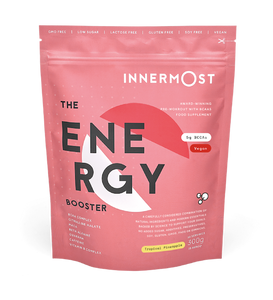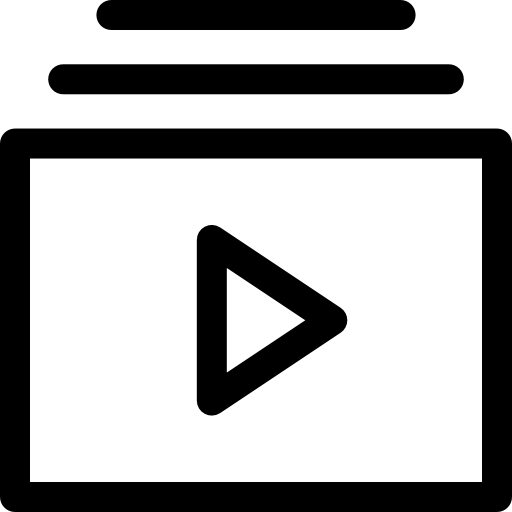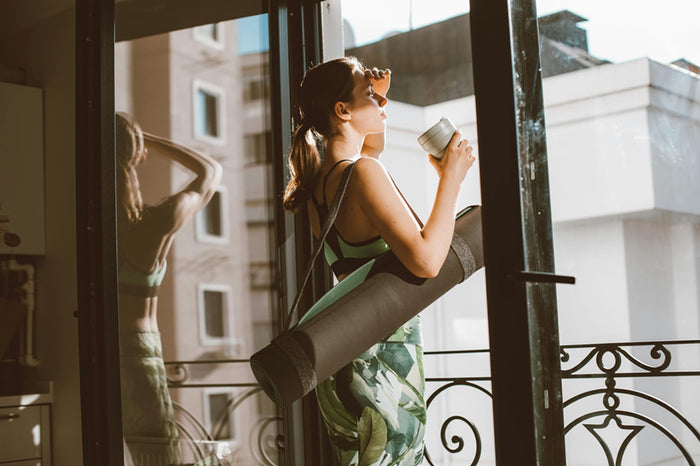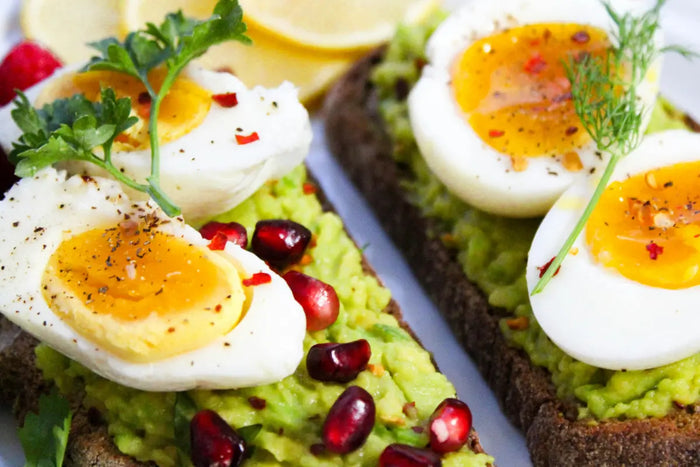There is a common misconception that women are only affected by their menstrual cycle once a month, during their period. This is, quite frankly, incorrect.
Women are affected everyday by their menstrual cycle, both consciously and subconsciously. This is because a typical menstrual cycle spans anywhere between 24 and 32 days. Whilst women are particularly affected by their menstrual cycle during their period, the cycle encapsulates multiple stages throughout the month that have an effect, too.
As the body is going through changes, hormone imbalances, physical and emotional changes, our motivation and ability to exercise to an intensity we would like can be impacted by symptoms of the menstrual cycle. These impacts are happening to us constantly, which can often lead to frustrations when it comes to planning exercise and getting in a good workout.
To combat this, it’s important to monitor your menstrual cycle and determine how each separate phase of the cycle can affect you as an individual. Then, you can work on determining how to adapt your exercise around your menstrual month.
Some women may experience no differences, some may have some mild discomfort, and some will experience extremely uncomfortable symptoms throughout the month – the norm is different for everyone, and that is okay. Here at Innermost, we just want to make sure you have the relevant knowledge and understanding behind your menstrual month, to work through and benefit from exercise at all times in your cycle.
A breakdown of the menstrual cycle
The best way to determine what you should be doing during your menstrual cycle is to gain a detailed understanding of the processes and stages that you are going through at a given time of the month.
To put it simply, the menstrual cycle describes the process from the first day of a woman’s period, to the last day before her following period. As we’ve already discussed, a woman’s cycle can last anywhere between 24 to 32 days, and in some cases, even longer and even shorter. It’s all personal.
The cycle can be broken down into four phases:
1. The period
A period describes the monthly release of blood from a girl or woman’s uterus, to signal that an egg has not been fertilised in her previous cycle. A period can last anywhere from three to seven days, and can vary in flow from person to person and cycle to cycle.
Commonly, this release of blood, particularly in the middle of a woman’s cycle, can make it harder to engage in high intensity exercise due to discomfort. But this is not always the case, and again is up to the individual preference.
2. The ovulation phase
The ovulation phase is the phase that directly follows the period. This is when the ovary releases a new, mature egg to potentially be fertilised (or not) in the new cycle. Women typically enter the ovulation phase around 10-14 days after their last period started, and this is the stage in which women are at their most fertile. Around this time, women may experience slight cramping and discharge.
3. The luteal phase
The luteal phase is the third phase of the menstruation cycle, and describes the point in the cycle between ovulation and before menstruation. This is when the body prepares for potential pregnancy, and this stage often involves a lot of hormonal imbalances which could affect a woman’s mood, bloating and skin. Many women also experience headaches around this time, which, depending on intensity, could affect their ability (or desire) to exercise.
4. The pre-menstrual phase
The final stage of the menstrual cycle is the pre-menstrual phase. As the name suggests, this phase refers to the time in the cycle where women are preparing for menstruation. Around this time, women will experience the symptoms of the luteal phase and more, with perhaps greater intensity.
Symptoms again vary from person to person, but may include:
- Increased anxiousness and irritability
- Greater symptoms of fatigue
- Bloating and cramping
- Tenderness of the breasts or back
- Strong headaches
- Increased acne
Throughout every single one of these stages, a woman’s hormones are sending a range of signals to the brain that affect energy, mood and performance. These changes can be physical, too – you may find changes in your hair and skin, so take it easy on yourself if one day you are feeling a little bit extra fatigued, aren’t in the mood for that 5k run or would rather sit and chill on the sofa. You’re only human.
Should I workout on my period?
Scientifically, there is no evidence to suggest that working out on your period is detrimental to you in anyway, so if you want to go for that run, have a swim or work those glutes – you do you, girl. Working out on your period has actually been reported to be hugely beneficial due to the impact that exercise has on your overall mood.
One of the greatest benefits of exercise is the induced release of happy hormones such as dopamine and serotonin. The release of these hormones at any time during your cycle is a welcome one, but on your period, when your hormones are greatly affected, any additional dopamine and serotonin can only be a good thing!
Does exercise help period pains?
One of the major questions surrounding this topic is “does exercise help period pains?”. The answer is yes! Absolutely.
Taking part in exercise whilst you are suffering from period cramping and pains is a great way to take your mind off the pain, and release some of those happy hormones we mentioned. There is also a bunch of evidence to suggest that moderate levels of exercise are hugely beneficial when it comes to tackling period cramps – so go for it!
We also recommend staying well hydrated during your menstrual period to offset some of those nasty cramping symptoms. If you struggle to drink the recommended 6-8 glasses of water a day – don’t worry, you’re not alone. Check out The Fit Protein whilst you’re here, it’s one of our favourite ways to ensure you are properly hydrated, always.
What exercise should I do during my period?
That’s entirely up to you! Do what makes you comfortable.
On lighter menstrual days, or days where you aren’t really affected by your menstrual cycle symptoms, you may opt for more high-intensity workouts like Fartlek training or some good old fashioned cardio. On the other hand, on heavier flow days or days where you aren’t feeling 100%, opt for more gentle exercise techniques such as yoga, pilates, walking and swimming.
Top tips:
- Around the time of ovulation you are more susceptible to injury, so be careful around that time, as your tendons are weaker.
- Mid menstrual cycle your oestrogen levels are greatly increased, so you may feel more motivated to exercise around this time! Take advantage of it.
- As always, make sure to warm up and warm down properly when exercising. Take care of yourself!
Summary
It’s really easy to tailor your workouts if you’re in the know, but don’t be too strict on yourself and listen to your body – it knows best, after all. Looking after your body should always be a top priority, but it’s important to ensure you are taking a bit of extra care of yourself on your menstrual period, especially when exercising!
If you’re struggling to track your periods and keep tabs on your menstrual cycle, there are some great apps available to assist you. These include Flo Period Tracker, Clue and Eve – just to name a few.
References
- Hightower, M. (1998). Effects of exercise participation on menstrual pain and symptoms. Women & health, 26(4), 15-27. Click here.


















